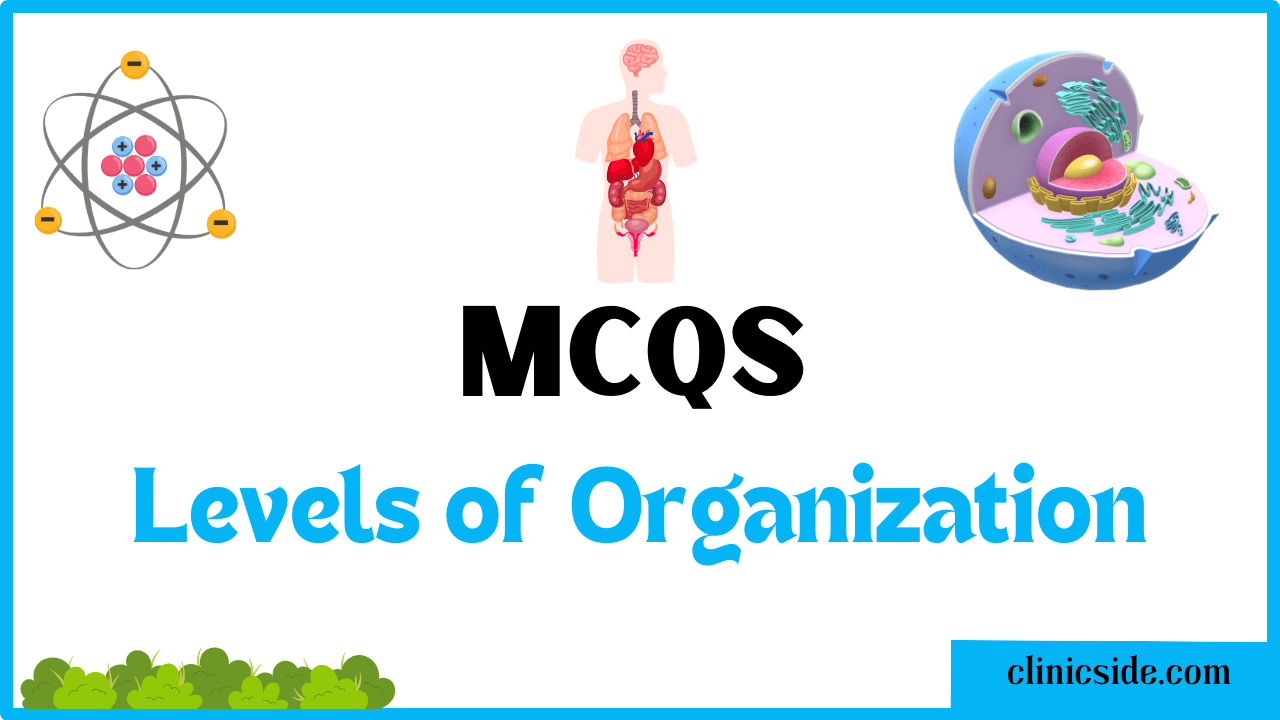Viruses are among the most intriguing and impactful entities in biology. Despite their Submicroscopic size, they have the power to cause widespread diseases, affect evolution, and even inspire technological advancements.
Quiz
What Is a Virus?
A virus is a submicroscopic infectious agent that requires a living host cell to replicate. Unlike prokaryotic and eukaryotic cells, viruses are not considered fully alive because they cannot reproduce or carry out metabolic processes on their own.

Characteristics of Viruses
They are unique entities that straddle the line between living and non-living. Here are their defining features:
Acellular Structure:
Viruses lack a cellular structure. They consist of genetic material (either DNA or RNA) enclosed within a protein coat called a capsid. Some viruses also have an outer lipid envelope derived from the host cell membrane.
Obligate Intracellular Parasites:
They cannot reproduce independently and must infect a host cell to replicate. Once inside, they hijack the host’s cellular machinery to produce new virus particles.
Lack of Metabolism:
They do not possess the enzymes necessary for metabolic processes and rely entirely on the host cell for energy production and biosynthesis.
Genetic Material:
A virus contains either DNA or RNA, but never both. This genetic material carries the instructions for making new viruses.
Ability to Mutate:
They can undergo mutations, leading to variations that may affect transmissibility, virulence, and resistance to treatments.

Structure of a Virus
Most of these consist of:
Genetic Material:
Either DNA or RNA, which carries the instructions for making new viruses.
Capsid:
A protective protein shell that encases the genetic material.
Envelope (in some cases):
A lipid membrane derived from the host cell, which surrounds the capsid.
Impact on Health and Ecology
Viruses play significant roles in both health and the environment:
- Human Diseases: These are responsible for illnesses ranging from the common cold to more severe diseases like AIDS and COVID-19.
- Ecological Balance: They regulate populations of organisms, such as bacteria in oceans, thereby influencing ecological dynamics.
- Evolutionary Influence: Viral genes have been integrated into the genomes of various organisms over time, contributing to genetic diversity.
Read More: Important Biology MCQs for Competitive Exams




